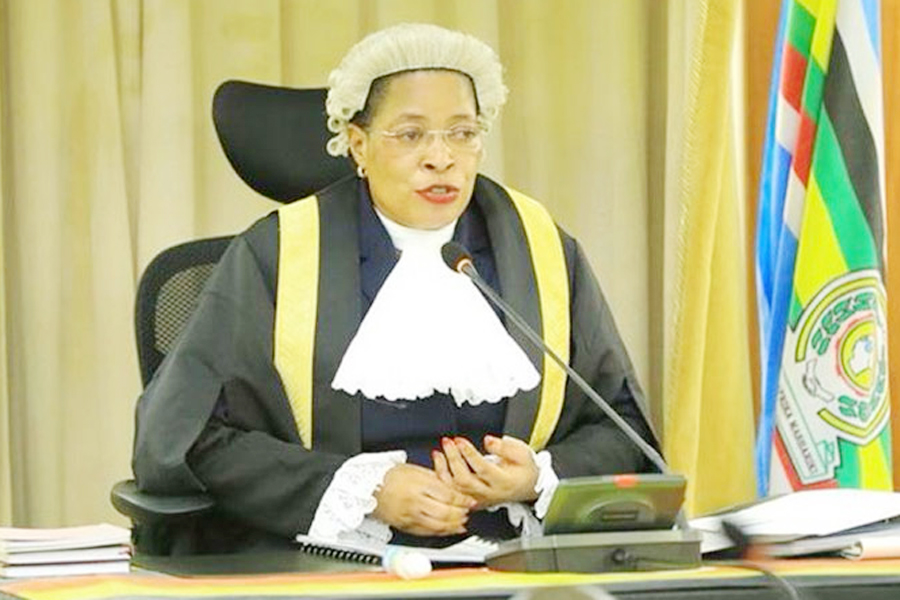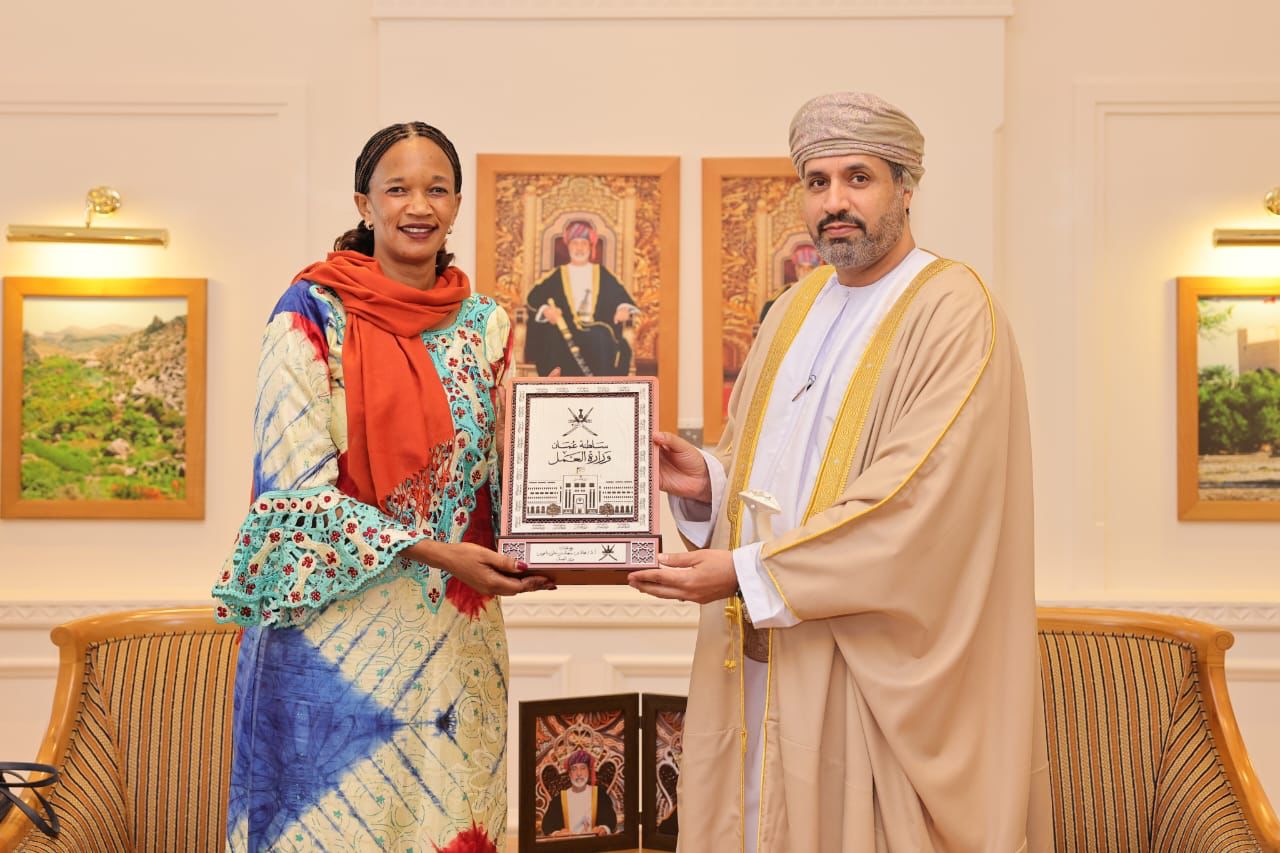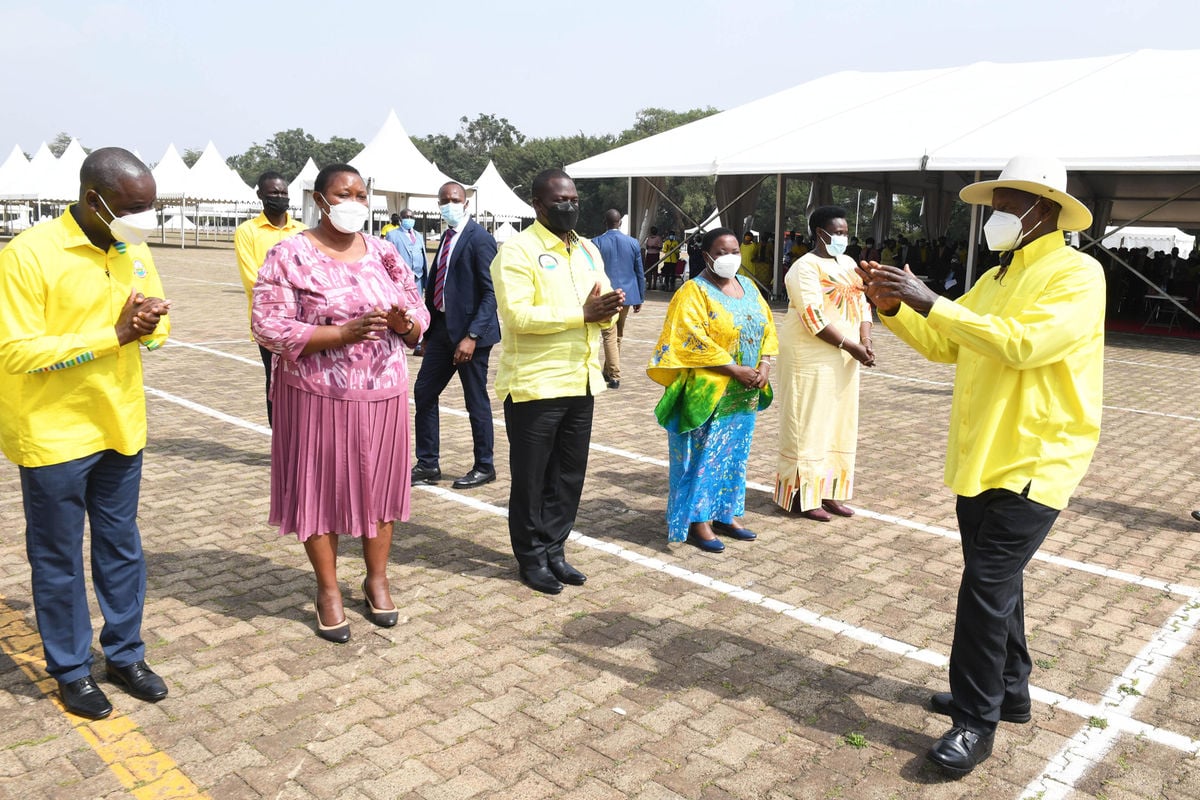Calendar types that affect New Year’s day celebration
As some people celebrate the New Year on January 1, other people wait for a day or more to celebrate theirs. This results from the different calendars used by different communities around the world. For example, most Ugandans use the Gregorian calendar and so they celebrate New Year on January 1, while Sri Lankans and Indians among others wait up to April.
A calendar is a system for naming periods of time, typically days. The days are known as calendar dates. The dates are based on the perceived motion of astronomic objects.
As a subset, 'calendar' is also used to symbolise a list of particular set of planned events namely, the court calendar.
The main use of a calendar is to identify days that are to be informed about or to agree on a future event and to record an event that has happened. Days may be significant for civil, religious or social reasons.
Calendars are also used as part of a complete timekeeping system: date and time of the day together specify a moment in time. In the modern world, written calendars are no longer an essential part of such systems, as the advent of accurate clocks has made it possible to record time independently of astronomical events.
Calendars in use on Earth are most frequently lunar, solar, luni-solar or arbitrary.
The Solar calendars assign a date to each solar day. A day may consist of the period between sunrise and sunset, with a following period of night, or it may be a period between successive events such as two sunsets. The length of the interval between two such successive events may be allowed to vary slightly during the year, or it may be averaged into a mean solar day.
The Gregorian calendar, which is under solar calendars, was adopted by most of the West, starting in 1582, and it has since become the world's dominant civic calendar.
The Gregorian replaced the solar Julian calendar that under the roman republic was convenient for tracking phases of the moon, but did a better job of tracking the seasons. Each calendar year has 365 days, except every 4th year, which is a leap year of 366 days. So the mean calendar year is 365.25 days. Unfortunately, Earth's tropical year is a little less than 365.25 days (it is approximately 365.2422 days), so it slowly drifted out of sync with the seasons.
A lunar calendar is based on cycles of the Moon's phases (synodic months), in contrast to solar calendars whose annual cycles are based directly upon the solar year.
Each lunation in the lunar calendar is approximately 29.5 days. It is common for the months of lunar calendars to vary between 29 and 30 days. Because the period of twelve such lunations—a lunar year—is approximately 354 days.
Purely lunar calendars lose around 11 days per year relative to the Gregorian calendar. An example of a lunar calendar is the Islamic calendar that starts with the Hejirah or the moving of prophet Muhammad from Mecca to Madinah in 630AD.
Luni-solar calendar is based on each month, or lunation, beginning at dawn following the moon's conjunction with the sun. The first day of each month is called New Moon Day and is observed by abstaining from common labor to worship Yahuwah, the Creator. Each month consists of either 29 or 30 days. There are six days of work, then the Sabbath that always occurs on the 8th day. An example is the Hebrews of bible times.
Although the Gregorian calendar is in common and legal use in most countries, traditional lunar and luni-solar calendars continue to be used throughout the Old World to determine religious festivals and national holidays. Such holidays include Ramadan (Islamic calendar); the Chinese, Japanese, Korean, Vietnamese,the Mid-Autumn Festival and Chuseok (Chinese and Korean calendars); Loi Krathong (Thai calendar); Sunuwar calendar; Diwali (Hindu calendars) and Rosh Hashanah (Hebrew calendar), among others.
There have been a number of proposals for reform of the calendar, such as the World calendar and International Fixed Calendar. The United Nations considered adopting such a reformed calendar for a while in the 1950s, which is still underway.
By Promise Twinamukye













